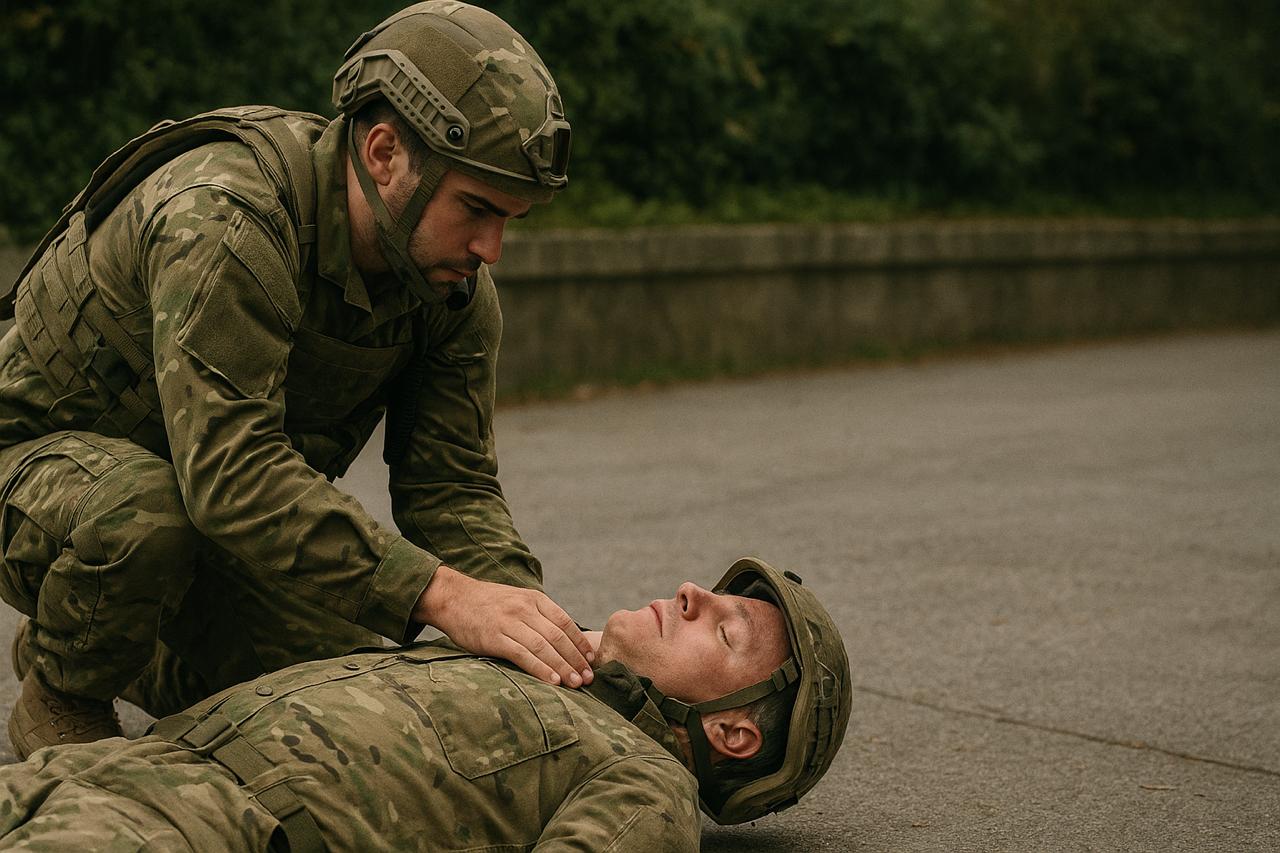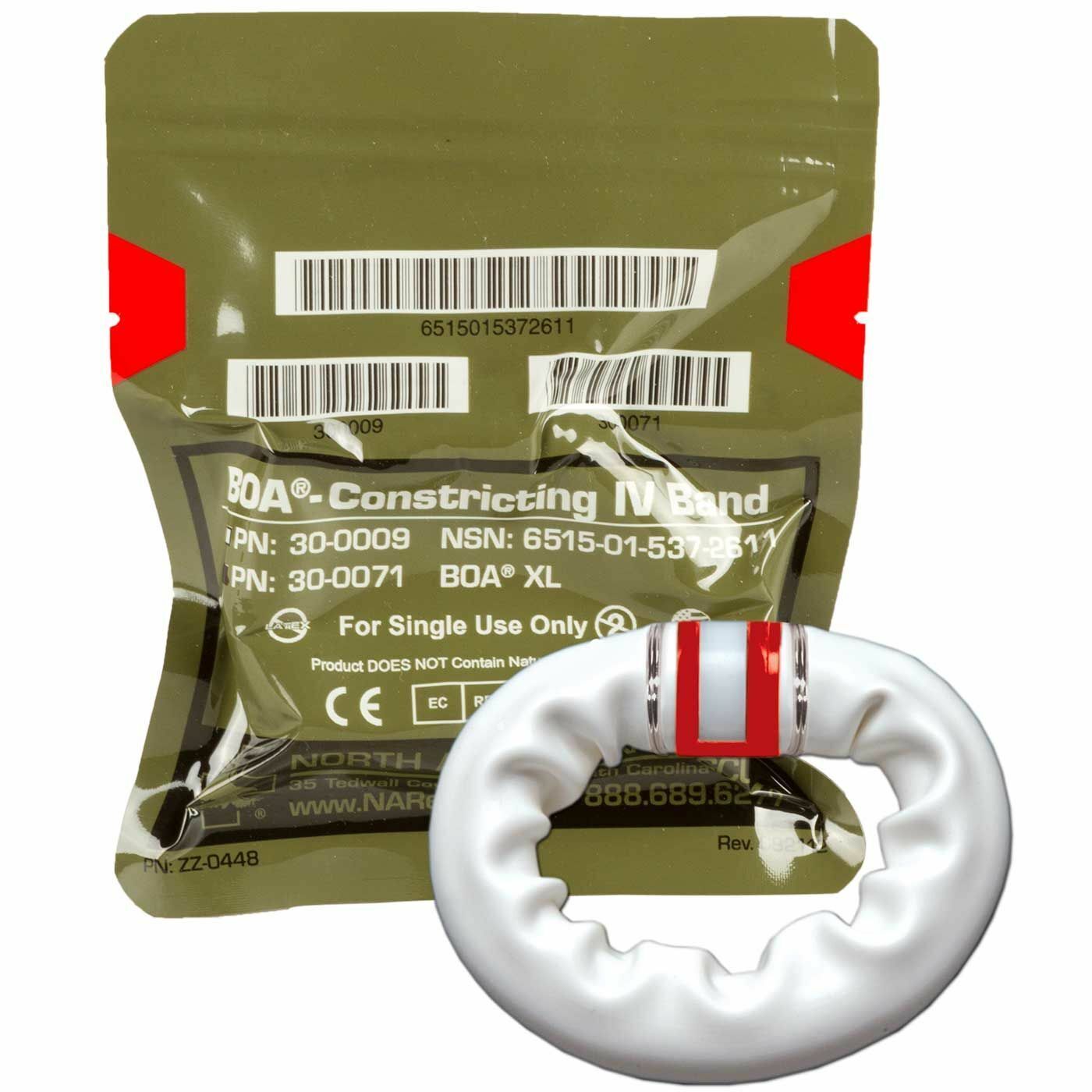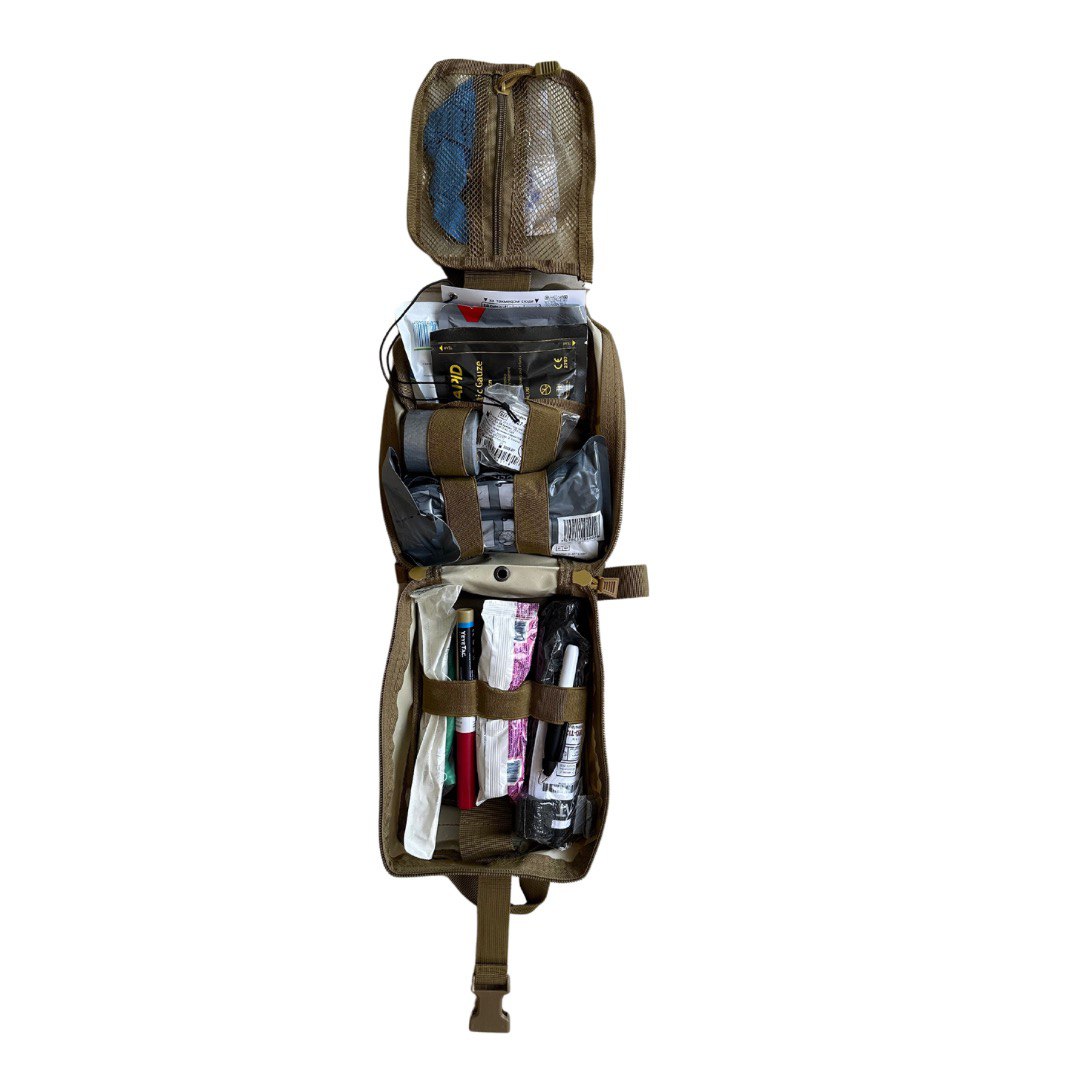Algorithm for Providing Assistance in Case of Loss of Consciousness
Content
- Signs and Causes of Loss of Consciousness
- Causes of Loss of Consciousness
- Why and How to Assess the Level of Consciousness
- How to Provide First Aid in Case of Loss of Consciousness
- What Not to Do When Helping Someone Who Has Lost Consciousness

Today we want to explain step by step how to provide help to a person who has lost consciousness. This way you will be able to act in time and correctly, without causing harm with your actions. We will also introduce a few simple tools that will allow you to better assess the situation in case of emergency. In some cases, attempts to provide help to the victim can actually do more harm than good.
Signs and Causes of Loss of Consciousness
Fainting is a short-term loss of consciousness that may occur for various reasons. It is associated with a sudden decrease in oxygen supply to the brain, which disrupts its normal function and blood circulation.
The key signs of loss of consciousness are the absence of a response to stimuli. For example, the person does not react to pain or voice. Another sign is the absence of movement.
Causes of Loss of Consciousness
There are many possible causes of fainting. The most common include:
- presence of chronic diseases;
- heart attack or stroke;
- alcohol or drug intoxication;
- epileptic seizures;
- severe allergic reaction;
- trauma or injury.
All these causes have one thing in common — they disrupt blood circulation and oxygen delivery to the brain, which can result in unconsciousness.
The consequences of losing consciousness can be serious and long-lasting. Breathing may be impaired, and heart function may change. In particularly severe cases, and if no help is provided, loss of consciousness can lead to death.
Why and How to Assess the Level of Consciousness
There is a proven method that allows you to quickly evaluate the level of consciousness. It is called the AVPU scale, which stands for:
- A (Alert) – the person is conscious;
- V (Voice) – responds to verbal stimuli;
- P (Pain) – responds to painful stimuli;
- U (Unresponsive) – no response at all, the person is unconscious.
The scale only looks complicated — in reality, it is very simple to use. The main thing is to remember the algorithm:
- First, loudly but calmly address the person: “Can you hear me? What is your name? What happened? Do you know where you are?”. If the person reacts, answers clearly, and looks at you — this indicates level “A” (Alert).
- If the person is silent or speaks unclearly, ask them to squeeze your finger or move a hand/foot. If they follow the command, this indicates level “V” (Voice).
- If there is no response to voice, check reaction to pain: gently shake their shoulders, squeeze the trapezius muscle, or the area between the thumb and index finger. Any reaction indicates level “P” (Pain).
- If there is no response to either voice or pain, the condition is “U” (Unresponsive) — meaning the person is unconscious.
How to Provide First Aid in Case of Loss of Consciousness
To avoid causing harm, follow a specific algorithm. First, make sure there is no danger to yourself or the victim. Then, assess the level of consciousness using the AVPU scale.
If the person is completely unconscious, it is critical to check for breathing, and immediately call an ambulance. If others are nearby, ask them to contact emergency services as well.
If breathing is absent — begin cardiopulmonary resuscitation (CPR). If the person is breathing, place them in the recovery (side) position, but only after making sure there are no injuries, especially if there were no witnesses to the incident.
If possible, try to identify the cause of the condition. Do not leave the person alone until medical help arrives. If the condition worsens, call emergency services again.
What Not to Do When Helping Someone Who Has Lost Consciousness
If the person is unconscious, do not try to wake them up forcefully. This state is the body’s protective mechanism, and attempts to interrupt it may worsen the condition.
Do not use ammonia (smelling salts). Studies have shown that it can cause burns or airway irritation.
Do not hit the person in an attempt to wake them. Only use the methods described in the AVPU scale.
It is important to understand that the duration of unconsciousness varies from person to person. It may last a few minutes or several hours, depending on many factors. Following the above recommendations is crucial, as incorrect actions may increase the risk of death.
In addition to the main steps, the psychological side of the situation should not be ignored. The person providing help may experience stress or confusion. This is why it is essential to learn the basics of first aid in advance — it will help you act more confidently in a critical moment.
Attending special training sessions is very useful, as they teach not only the correct algorithm of actions in case of loss of consciousness, but also CPR techniques, how to use a defibrillator, and methods of controlling bleeding. The more people have these skills, the higher the chances of saving a life before doctors arrive. Even basic knowledge can make a decisive difference in the first minutes after the incident, when every second counts.












